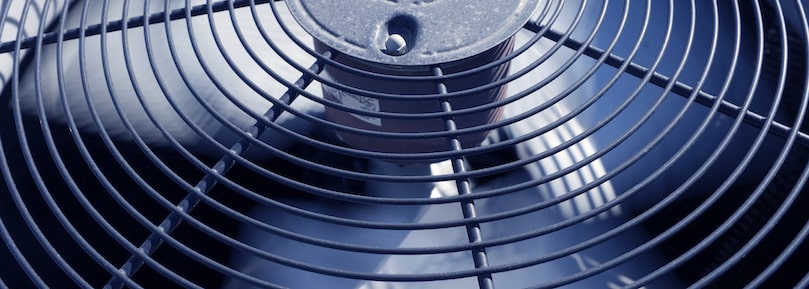
When you’re looking into an air conditioner replacement, you’ll find that the HVAC industry is riddled with acronyms and baffling terms. You’ll want to familiarize yourself with some of these acronyms and other common terms to be able to successfully research your purchase—particularly the terms that help describe energy efficiency. Let’s learn some of these terms.
What is EER?
EER is an acronym for “energy-efficiency ratio.” It measures the energy efficiency of an air conditioner when the outside temperature is at or above a certain temperature. You’ll want to go with the higher ratings on this one because the higher the EER rating is, the higher the energy efficiency. You could be seeing lower utility bills in no time.
ENERGY STAR® Certification
You’ve probably heard of ENERGY STAR certification, but it’s sometimes not explained very well. ENERGY STAR was started in 1992 by the U.S. Environmental Protection Agency. The objective was to protect the environment while saving money on energy by using more energy-efficient products. Products must endure rigorous third-party testing and meet a specific number of requirements to become ENERGY STAR certified. So, when you spot the blue ENERGY STAR label while you’re looking for an air conditioner replacement, you can count on it saving you money.
ENERGY STAR – Most Efficient
The ENERGY STAR Most Efficient designation recognizes the products with the greatest efficiency among those that are ENERGY STAR certified. These exceptional products represent the leading edge in energy-efficient products every year.
SEER – Seasonal Energy Efficiency Ratio
The Seasonal Energy Efficiency Ratio (SEER) represents a measurement of your air conditioner’s or heat pump’s cooling efficiency. The major difference between SEER ratings and EER ratings is that SEER is the degree of an air conditioner’s efficiency over a complete cooling season, rather than its efficiency at a certain temperature level. Like the EER ratings, higher the SEER ratings show the system has better energy efficiency. More energy efficiency leads to more money savings and less of an impact on the environment. If your air conditioner is getting up there in age, the SEER rating could be as low as 8, while current, more efficient models range from ratings of 13 – 23.
It’s almost certain you’ll find more acronyms and unfamiliar lingo when you are looking into your air conditioner replacement, but you’ll be more knowledgeable by being aquainted with these terms. If you have any questions about terminology you come across in your quest or if you need advice about your air conditioner replacement, call Winters Heating and Cooling in Franklin & South Indy at 317-406-5382.
